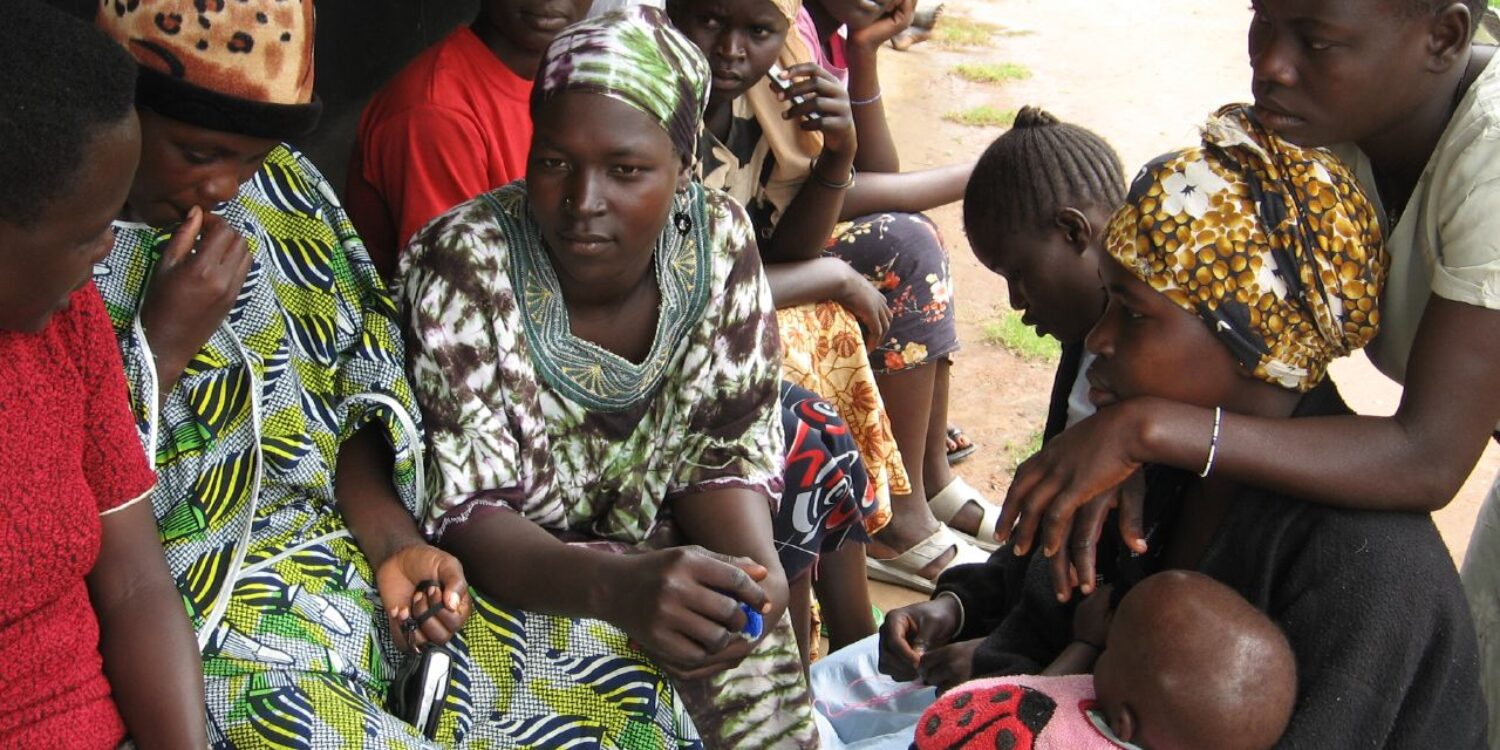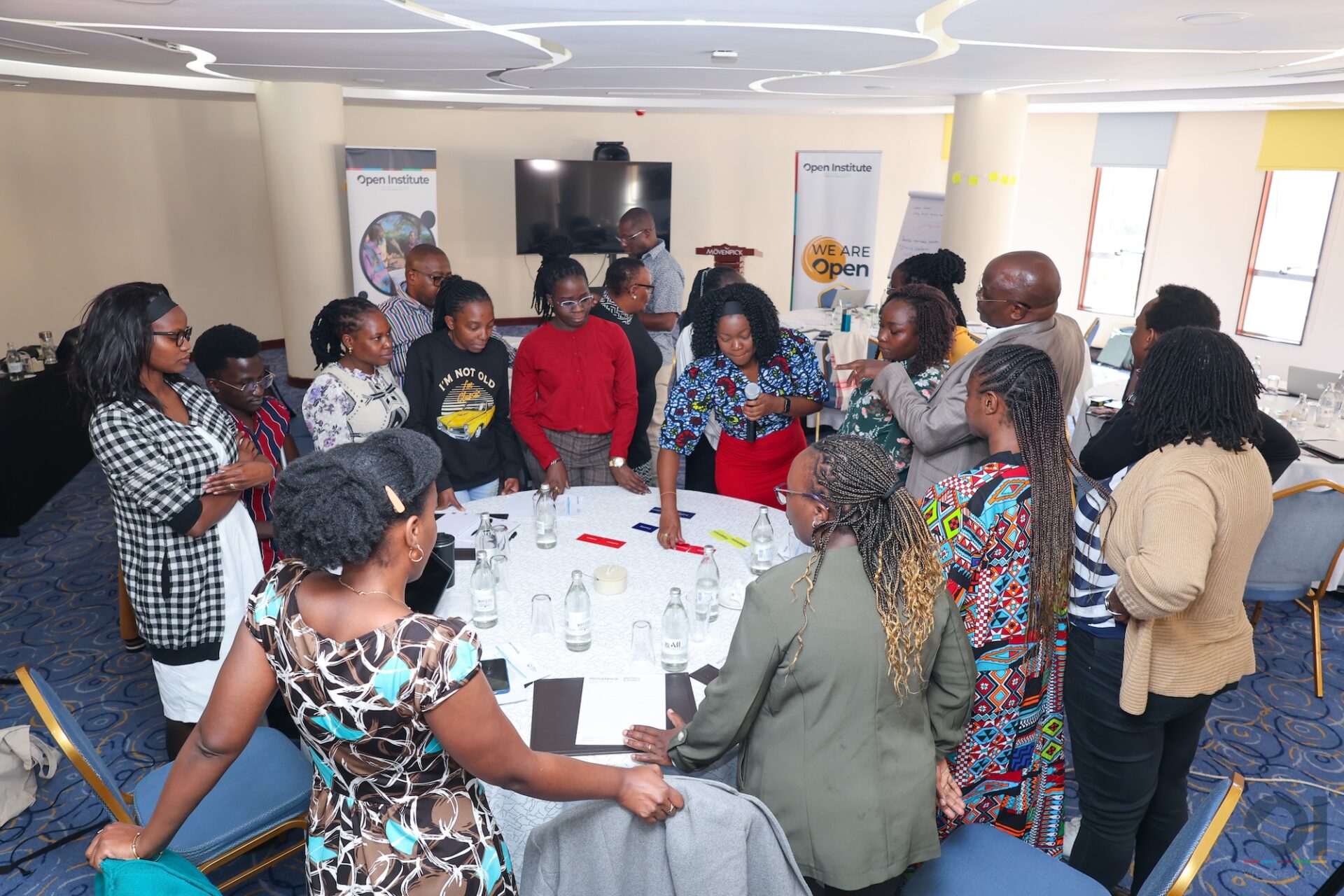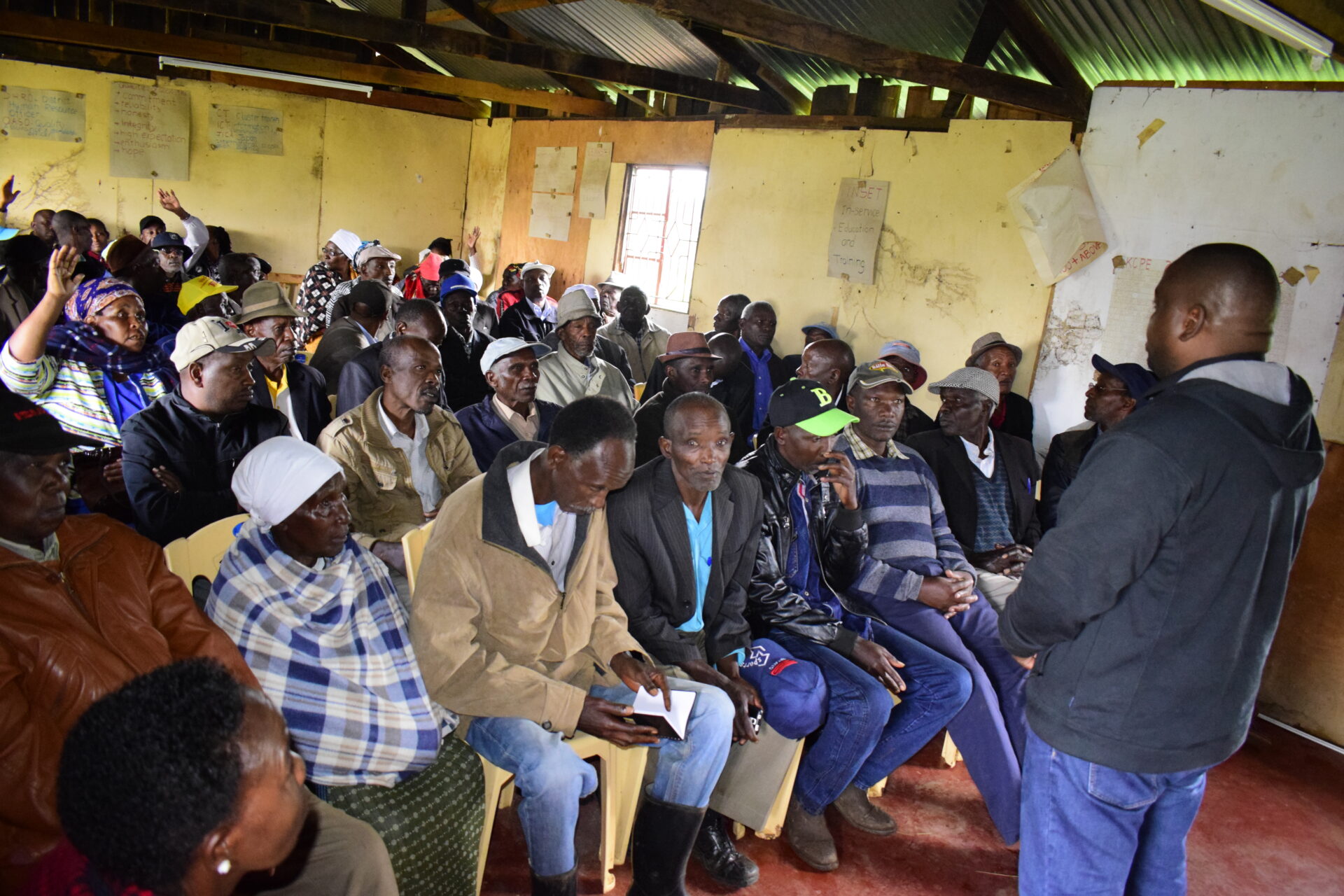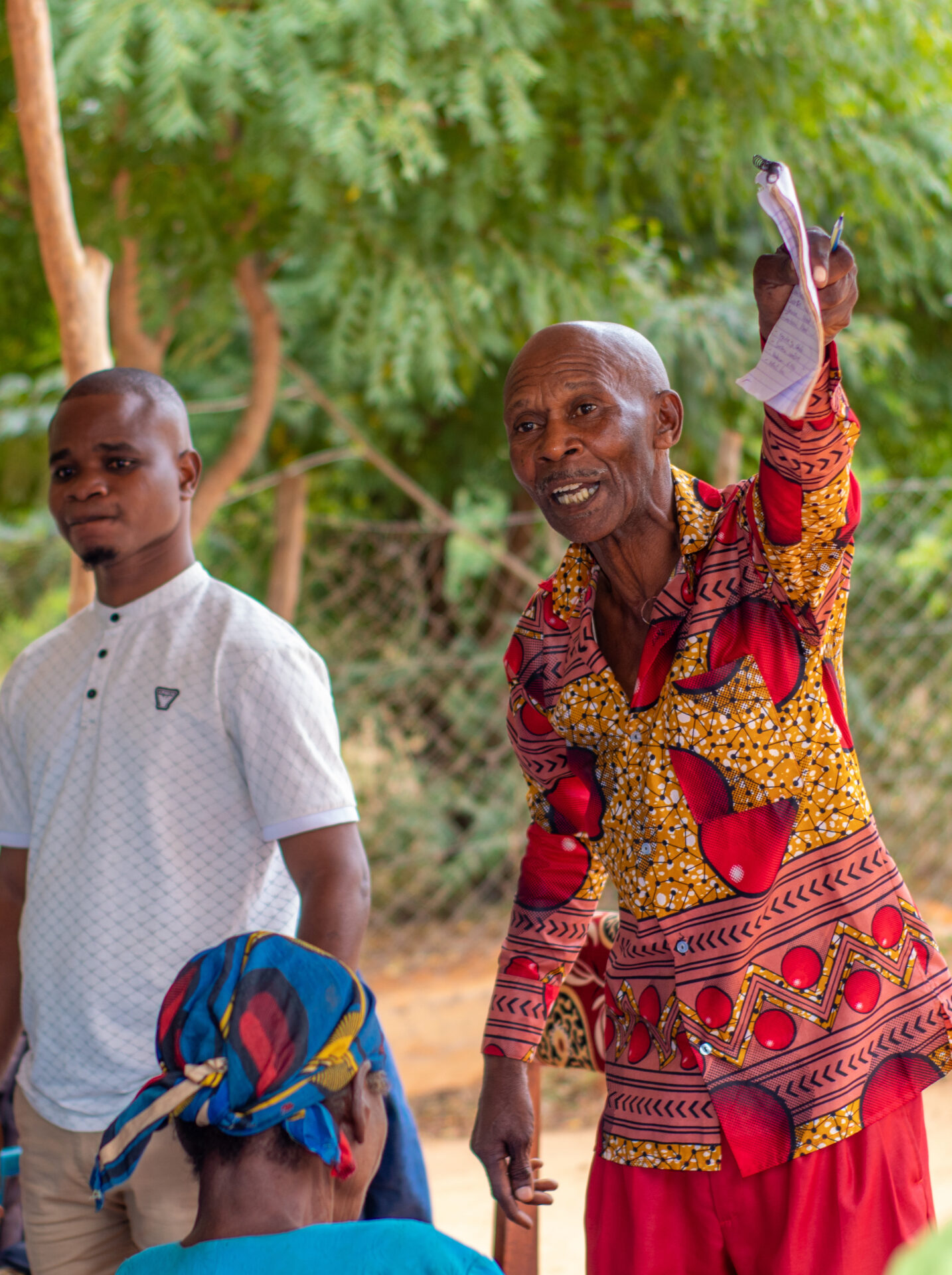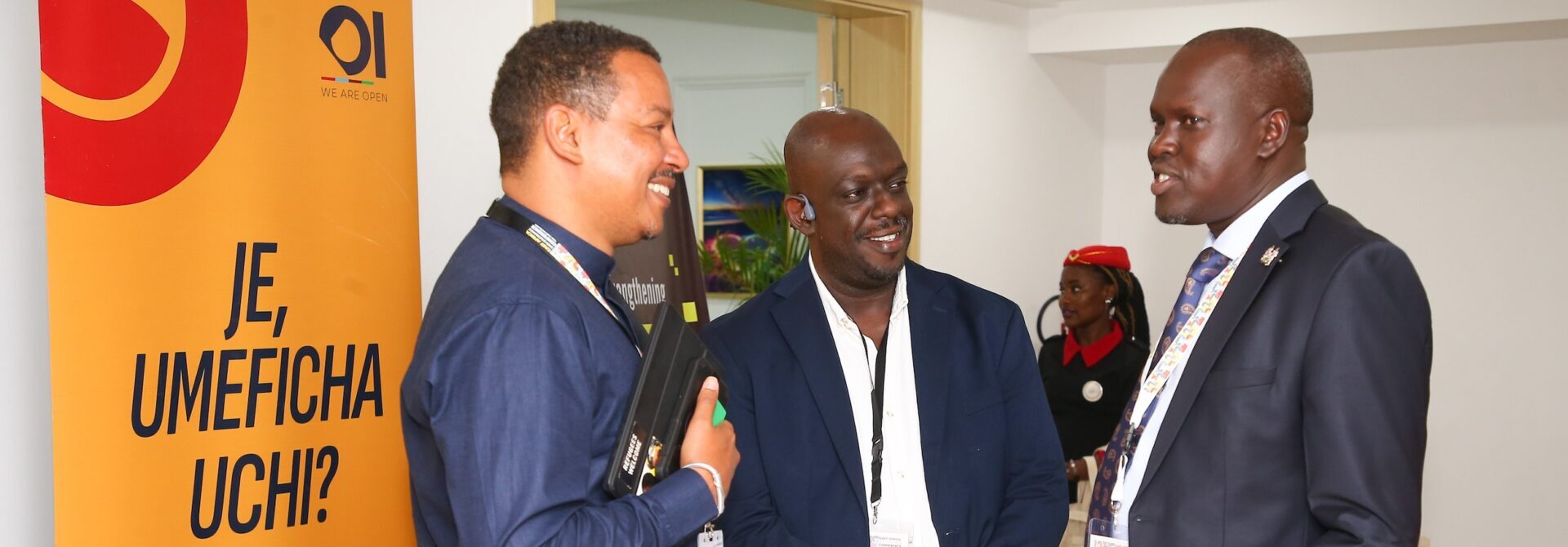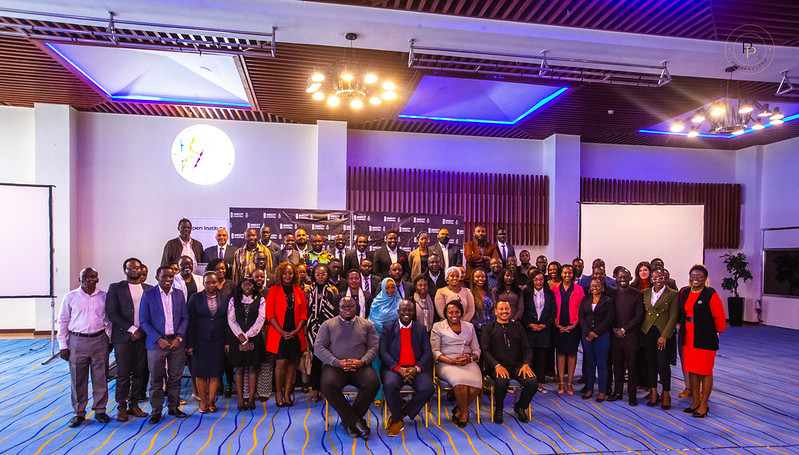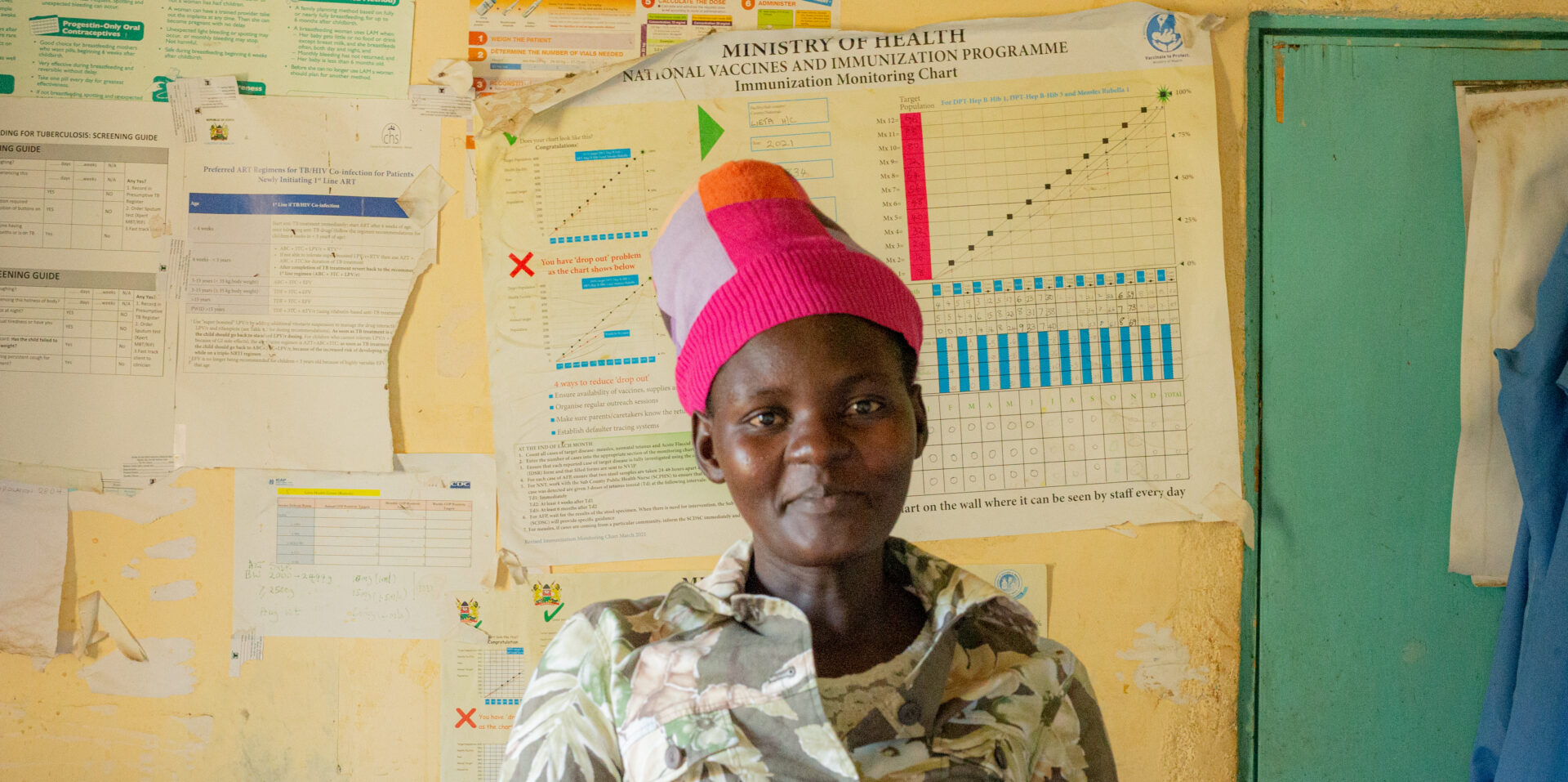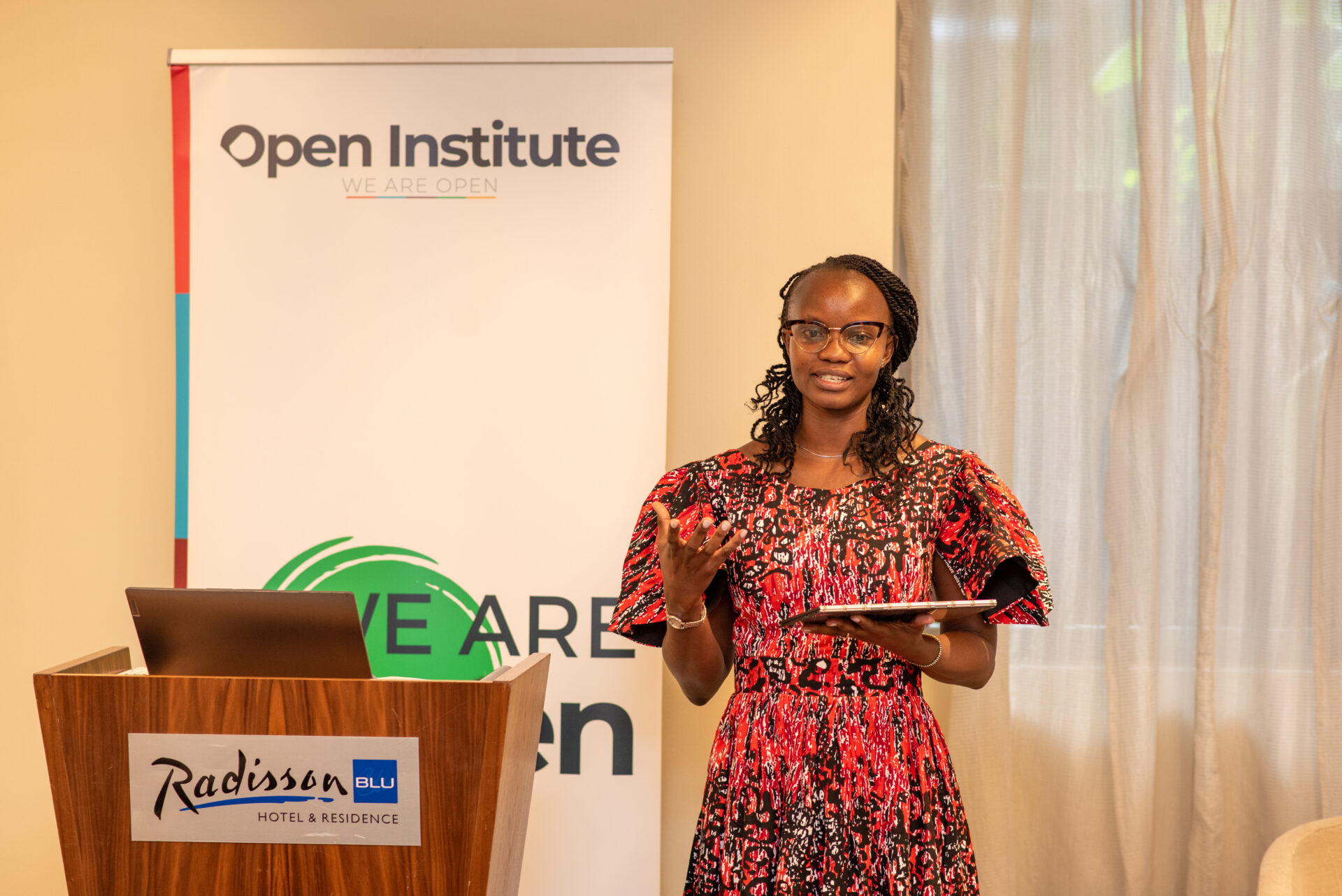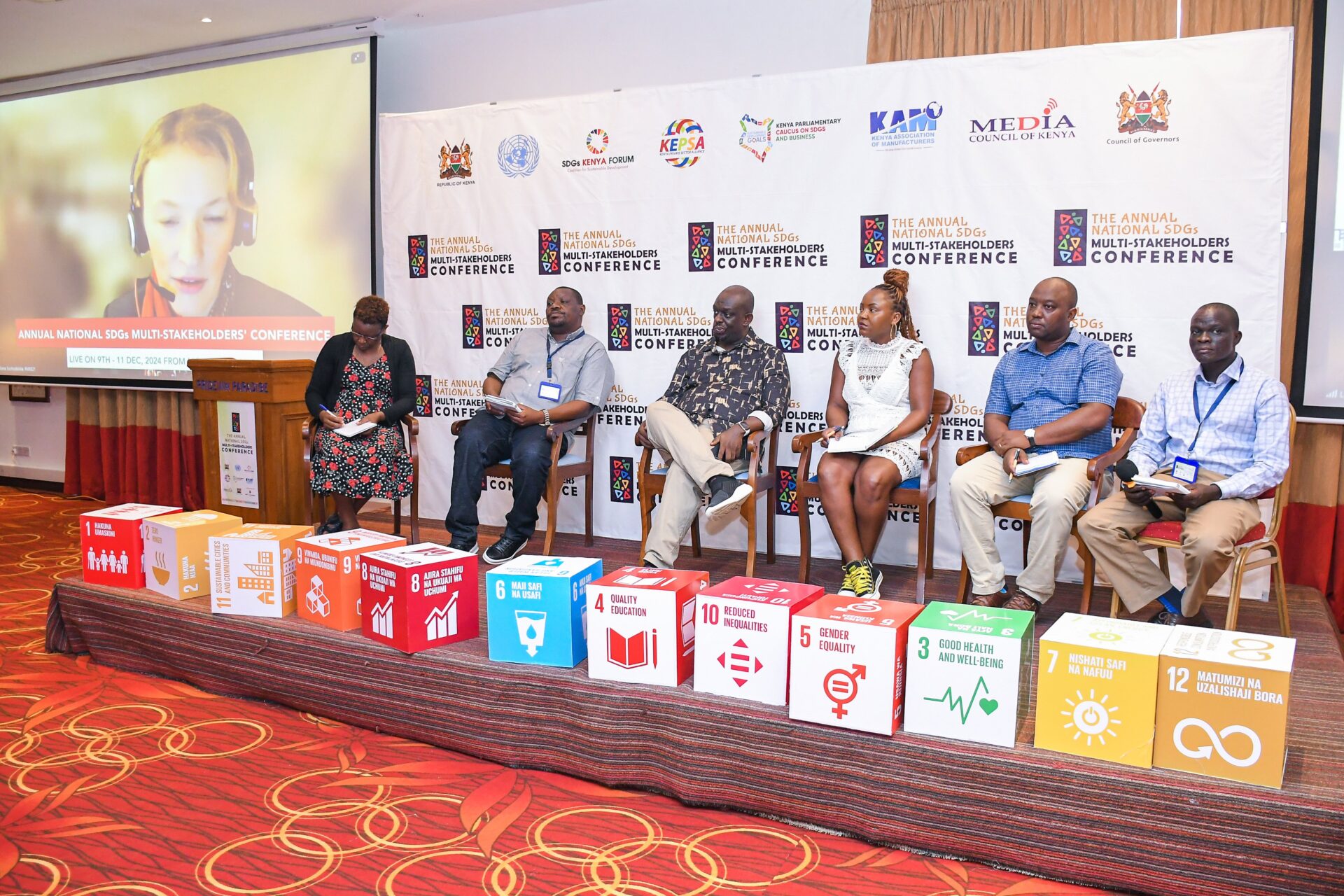Yesterday at the World Bank in Washington DC, I had the pleasure to spend lunch hour reflecting with colleagues there about the progress that Kenya is making with bringing government closer to citizens – especially using devolution. In my reflections, I also discussed not just the practical gaps that exist in making devolution work, but also the “people” gap. (See my presentation on slideshare)
Over the past few months, as part of both our Open County Initiative and the SDI Data support programme, our team visited a number of counties where we held our Data LitCamps not only with county government officials but also with civil society organisations and with community media. From Lodwar to Turkana to Kakamega to Nyeri, Taita and Kilifi, the challenge where the citizen is concerned runs along the same refrain. I was happy to find as I was writing this blog, that Chris UnderWood of Making All Voices Count also made very similar reflections on the issue – in fact, I dare say I could not have put it better myself.
 One of the chief considerations of Kenyans as we set out to implement devolution under the new constitution, was that resources could be shared more equitably across the country. The idea was to change the development model that had been established by the Jomo Kenyatta and Daniel Moi administrations (both of which spanned decades), where investment was concentrated in the “productive areas” – where productive meant agriculturally – as evidenced in the map of schools distribution in Kenya on the left. It is no wonder that as Chris notes, in some parts of the country, citizens feel forgotten.
One of the chief considerations of Kenyans as we set out to implement devolution under the new constitution, was that resources could be shared more equitably across the country. The idea was to change the development model that had been established by the Jomo Kenyatta and Daniel Moi administrations (both of which spanned decades), where investment was concentrated in the “productive areas” – where productive meant agriculturally – as evidenced in the map of schools distribution in Kenya on the left. It is no wonder that as Chris notes, in some parts of the country, citizens feel forgotten.
Unfortunately, while work has started in many counties over the past 1 year (the new system of government came into effect in March 2013 and only really got underway around September 2013), the citizen still has not been reached by their government. As we worked on the Kenya Open County Dashboard, which is something that we are going to devote our next couple of years to, we found from the data that many of the county budgets visualised look like this:
Notice that in the 2013-2014 budgets, much of the work went into the capital investment of establishing the offices of the county executive and county assemblies. In addition, from reading the news on any given day, one is aware of the robust discussion that is ongoing between the county governments and the national government relating to the transfer of functions and control of development activities at county level as well as the optimal level of budgets that should be seconded to the county government, where the citizen is. Anyone who has observed other devolution processes in South Africa and other places as well will tell you that these robust discussions are very healthy and indicate that sustainable progress is likely to be made in time.
But where is the citizen in all of this?
Some of the key issues that the community of parties that care about this issue must consider going forward:
- County governments’ capacity to harness data for better planning, decision making and citizen engagement.
- The model for engaging citizens, CSOs and community media for better planning and transparency. In Chris Underwood’s account, he talks about the need for a civic space for issues to be raised, debated and passed on to the government for action.
- At national level, there is need for a better way to monitor the progress at county level in a more disaggregated fashion (the early stages of which we are trying to address with the dashboard, but which must go further to enabling the closure of feedback and planning loops)
These are some of the issues that we hope to ventilate at the Buntwani 2014 conference on October 7th and 8th 2014, at the Kenya School of Government, in Nairobi. Featuring thought leaders and practitioners in national and county governments, civil society organisations working around Open Data and Citizen engagement. One year, seven months after devolution came alive, we shall have an opportunity to take stock of where citizens can be plugged in so that they truly participate in devolution.

